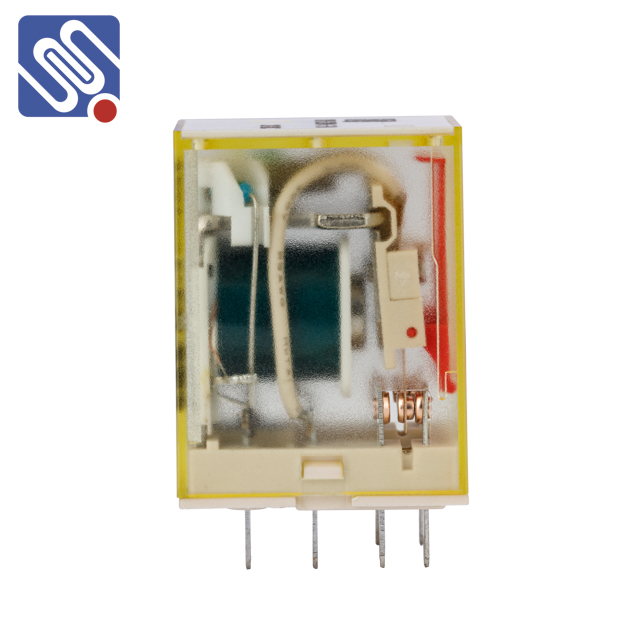understanding industrial relays: key components in automation systems
Release time:2025-05-03 00:27:06
Industrial relays are essential components in automation systems and electrical circuits, providing a reliable and efficient way to control high-power devices with low-power signals. These devices act as switches that allow for the safe operation of machinery and equipment without requiring manual intervention. Relays have become integral to modern industrial applications, and understanding their operation and types can help optimize system performance and enhance reliability.

What is an Industrial Relay?
An industrial relay is an electromechanical device that opens or closes contacts in response to an electrical input signal. Relays are used to control the flow of electricity in various circuits, providing a means of turning devices on and off without direct human involvement. The core function of a relay is its ability to isolate a low-power control circuit from a high-power switching circuit, which makes them incredibly valuable in applications requiring safety and reliability.
Relays are made up of several key components: the coil, which generates the magnetic field when energized; the armature, which moves in response to the magnetic field; and the contacts, which open or close the circuit. When the coil is energized by the control signal, the armature moves, altering the state of the contacts. This action can either complete a circuit to turn on a device or break a circuit to turn it off.


